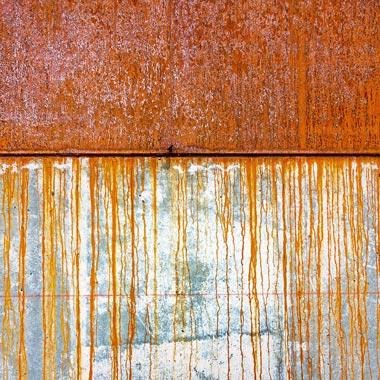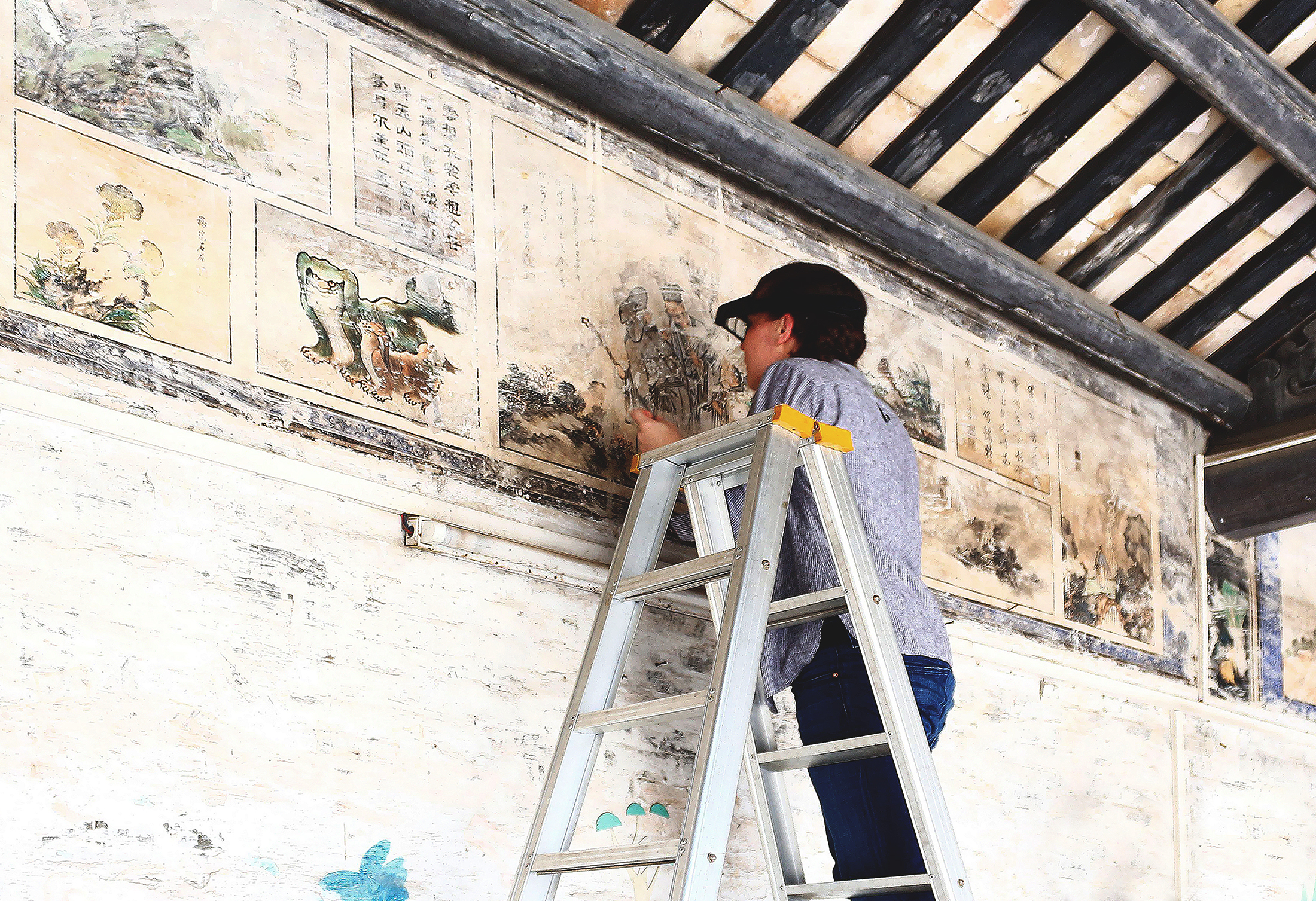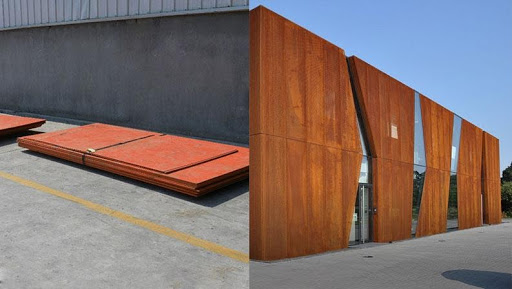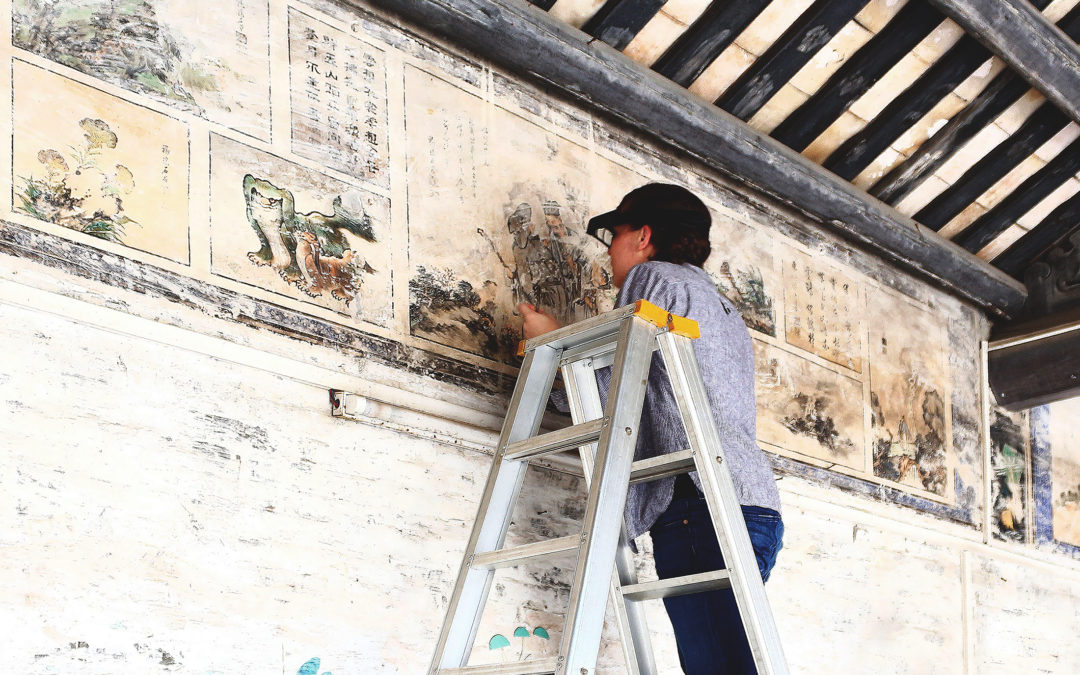Blog Post #3 – What is Architectural Conservation?
By: Héctor J. Berdecía-Hernández, Assoc. AIA
Materials Conservation Assistant, National Center for Preservation Technology and Training (NCPTT)
What does an architectural conservator do? Is architectural conservation the same as historic preservation? How are they different? These are questions that many folks in my field need to answer regularly. Let’s start with the basics… what is historic preservation? Despite being constituted as an independent discipline since the 1960s, historic preservation has a long history since its conception in the 19th century. In the late 1800s, an era of rapid change, people, specifically the wealthy class, were concerned about the destruction of buildings, sites, and rapid change of the urban fabric. At that time, iconic preservation efforts such as the movement to save Mount Vernon from demolition gained notoriety among the public. These ideas of conserving ruins and individual sites and buildings came from Europe and eventually led to the 20th century.
As the Federal Government continued shaping the field with New Deal programs since the 1930s, it was in the 1950s and 1960s when everything shifted. At that time, entire neighborhoods and communities were torn apart because of the federally and state-sponsored urban renewal projects. American cities saw massive demolition projects for the construction of state highways and buildings. As these situations exacerbated, communities organized and demanded protection for their neighborhoods, much of them which were historic. From a concern from the white elites of the 19th century, preservation became a powerful tool to aid distressed and marginalized communities in the late 20th century.
At the same time that these issues arise, an independent professional field focused on planning and architectural history emerged as ‘Historic Preservation.’ In the 1960s, academic programs emerged, the Historic Preservation program at Columbia University in 1964, the first founded in the United States and the second internationally. Since then, the preservation field has grown and changed radically. From a focus on preservation policy, planning, and architectural history, in the 1980s, scientific conservation principles applied to architecture slowly entered the field in the U.S. Although, common in European countries such as Italy and England, scientific conservation-restoration practices in the U.S. were not that common in the era. Also, the International Centre for the Study of the Preservation and Restoration of Cultural Property (ICCROM), the International Committee of Monuments and Sites (ICOMOS), and other international scientific institutions helped shape this area of the field.

Formation of the protective layer of weathering steel – Source: https://www.everbritecoatings.com/rusted_metal.htm
Conservation, as defined by our European colleagues, is “the protection of [tangible] cultural heritage to preserve historical testimonies and thus irreplaceable originals for future generations.” Therefore, a conservator (or conservator-restorer as known in Europe) “is the responsible protection of artistic and cultural assets to preserve them authentically and sustainably for future generations.” Works of art and objects must not be altered at will, because they are irreplaceable originals and real testimonies of our history. In the sense of architecture, buildings must be respected and treated sensibly because their beauty, spaces, craftsmanship, and construction technologies are all that’s remaining of the social, cultural, and economic expressions of our past. To complicate everything, in the U.S., conservation can mean two things: environmental (nature) or cultural property. We must acknowledge that those who work in environmental conservation are called ‘conservationists’, and those who work on cultural property are called ‘conservators’.
To protect, preserve, and conserve the physical fabric of the tangible cultural heritage, a conservator must know in detail specific background information on the history and age of the asset. Also, conservators work according to scientific and methodological standards, following extensive knowledge in the fields of chemistry, physics, geology, biology, etc. Overall, a conservator is critical in a restoration project since they work together with experts from other scientific disciplines such as natural scientists, art historians, architectural historians, engineers, architects, etc.
In the U.S. and abroad, the conservation field has many different sub-specialties, including archaeological conservation, book, and paper conservation, paints conservation, textile conservation, preventive conservation, etc. Architectural conservation, as one of the specialties within the conservation field, is a “process through which the material, historical, and design integrity of any built heritage are prolonged through carefully planned interventions.” The work of an architectural conservator is widely different from other conservators since the built heritage is exposed to uncontrolled environmental conditions. Therefore, treatments and technical considerations (including no intervention) are often different.

In this sense, an architectural conservator must have knowledge of architectural and construction history, chemistry, biology, materials sciences, building sciences and environmental control systems, architecture and design, geology and soils, climate, among other fields. And then, what is the difference between a historic preservationist and an architectural conservator? A preservationist often focuses on projects related to planning, design, site management, landscapes, law, economics, and public policy, focusing on the broad cultural and historical sense of the built heritage. The architectural conservator uses the scientific methodologies outlined by the conservation field and the other specialties and applies them for the study, analysis, conservation, and/or restoration practices on the fabric of historic buildings. This is why an architectural conservator is often more related to the architecture, design, engineering, and construction industries.

Architectural uses of weathering steel – Source: https://www.csteelindia.com/corten-b-steel-plate-supplier-exporter.html
In the U.S., the National Council for Preservation Education list many Historic Preservation programs at the college level, which depending on the curriculum, provide two or one courses related to materials conservation. Still, only the University of Pennsylvania and Columbia University’s historic preservation programs have a full specialized curriculum to prepare prospective architectural conservators. Both are the only educational programs members in the Association of North American Graduate Programs in Conservation (ANAGPIC), which represent the architectural conservation specialization.
As an emerging architectural conservator, my internship at ACE-CRDIP has provided me the opportunity to collaborate with many professionals in the field while developing my research.

